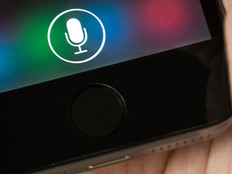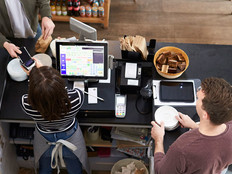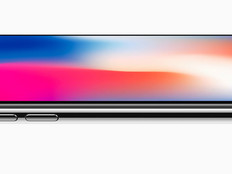Review: BlackBerry PlayBook
Research in Motion’s BlackBerry PlayBook offers an outstanding high-definition touchscreen and Adobe Flash capability in an easy-to-use professional-grade tablet. For organizations committed to RIM products that are looking for a tablet device, this is the clear choice.
End-User Advantages
The BlackBerry PlayBook grabs your attention right out of the box. At just under one pound and less than half an inch thick, the 5.1-inch-by-7.6-inch tablet fits comfortably in one hand. This leaves the user’s other hand free to control the responsive 7-inch touch-screen display. There are also no external buttons, other than for power, so getting to the menu bar is as simple as a finger swipe toward the top or bottom of the screen's border area. Pinching screens to make them smaller or larger also works well.
With a flick of a finger, users can watch 1040x600-resolution, high-definition MP4 or WMV-format movies, or project those movies onto an HD television or projector through a micro-HDMI cable. As the movie plays, users can switch applications on the tablet — for example, to check web-based e-mail. What's even more attention-grabbing, though, is that you can see both applications at once in a display, not unlike the Microsoft Windows 7 Aero feature.
The PlayBook comes with dual front and rear 1080p cameras — 3 megapixels on the front and 5 MP on the rear. Both cameras capture cinema-quality video with a variety of scene modes, such as sports, close-up and whiteboard. The latter came in handy during a recent workplace discussion when I needed to review how we came to a solution drawn on the whiteboard.
Why It Works for IT
First and foremost, it's a BlackBerry, a brand synonymous with enterprise-grade equipment. Packing a 1-gigahertz TI OMAP 4430 dual-core processor with 1 gigabyte RAM, the PlayBook runs the proprietary BlackBerry Tablet operating system. Storage choices include 16GB, 32GB or 64GB flash memory. The tablet also comes with GPS technology, so it not only knows where it is, but which way it’s going.
Connectivity is through one of three methods: 802.11 a/b/g/n Wi-Fi, 2.1+EDR Bluetooth, or micro-USB cable. Wi-Fi undoubtedly works the best, though users can tether their PlayBook to a Blackberry phone via Bluetooth using RIM's BlackBerry Bridge technology. This allows the PlayBook to piggyback off the phone's 3G signal and display. None of the data seen on the Bridge actually resides on the PlayBook, so this method gives IT a way to keep business data on the phone and off the tablet. Users can set up a VPN profile to connect to the office network. The micro-USB cable, paired with RIM's Desktop Manager, allows the user to "see" the tablet as a simple USB flash drive, if you want to allow that user to copy content to and from his PlayBook.
Applications are delivered via RIM's App World and can be developed in a multitude of platforms, including Adobe Flash, Adobe Mobile AIR, OpenGL and Java. Existing applications won't necessarily run on the tablet. Eventual Android support should help somewhat.
Disadvantages
The PlayBook lacks native 3G/4G cellular connectivity. But as mentioned above, BlackBerry Bridge technology enables tethering to a BlackBerry phone. The bridge performance was somewhat disappointing, especially compared with the native Wi-Fi connectivity. At times, just viewing e-mail on the phone across the Bridge had some hang-ups, and I found myself getting frustrated with it. Still, web-based mail native on the tablet was quite reasonable to use, and it should improve with time.








